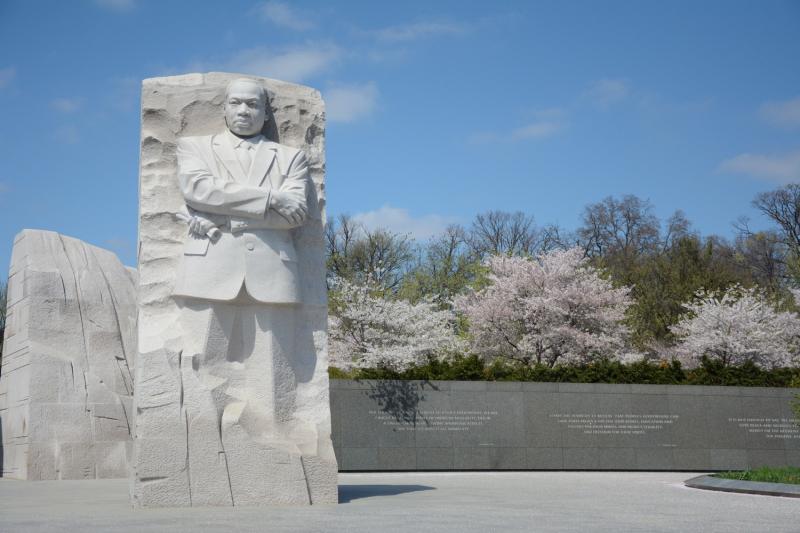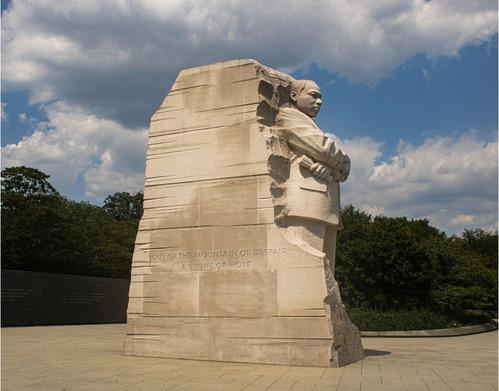Facts You May Not Know About the Martin Luther King, Jr. National Memorial

The Martin Luther King, Jr. National Memorial in Washington, D.C. Photo by Mike Litterst, courtesy of the National Park Service
In 1983, 15 years after civil rights activist Martin Luther King, Jr. was assassinated, the third Monday in January was designated a national holiday in his honor.
In 2011, another 27 years after the holiday was signed into law, the Martin Luther King, Jr. National Memorial was unveiled at its location in West Potomac Park in Washington, D.C. In recognition of the holiday on Monday, which this year falls on the anniversary of Dr. King’s actual birthday, January 15, 1929, we are sharing some facts about this memorial and its important place in the landscape of our nation’s capital.
- The Martin Luther King, Jr. memorial was the first to recognize a Black American on the National Mall.
- The actual address of the memorial is 1964 Independence Ave SW, a nod to the Civil Rights Act of 1964.
- Congress authorized the memorial in 1996. In 2000, after a competition with more than 900 entrants was held to determine the design, judges selected ROMA Design Group’s plan.
- Chinese artist Master Lei Yixin was selected to carve Dr. King’s likeness into granite. He consulted hundreds of photographs of Dr. King and worked with his family throughout the process to get it right.
- Shrimp pink granite was the material selected for the monument, a choice made by the artist, Dr. King’s family, and the Martin Luther King, Jr. National Memorial Project Foundation.
- Third-generation stone carver and 2007 NEA National Heritage Fellow Nicholas Benson worked with his team to carve the words featured on the memorial, which took more than two years.
- Some of those words proved controversial – a paraphrased quote from one of Dr. King’s sermons (“I was a drum major for justice, peace and righteousness”) was removed from the monument in 2013 after criticism emerged, including from poet Maya Angelou. Critics did not agree with the choice to simplify his words: “If you want to say that I was a drum major, say that I was a drum major for justice. Say that I was a drum major for peace. I was a drum major for righteousness. And all of the other shallow things will not matter.”
- The theme of the memorial – Dr. King emerging from a mountain – is derived from a quote in his “I Have A Dream” speech delivered on the steps of the Lincoln Memorial during the March on Washington in 1963: "Out of the mountain of despair, a stone of hope."

Photo by Abdul Gueye, courtesy of the National Park Service
You can read about additional quotes featured on the memorial, as well as other facts about its construction, on the National Park Service website.
Join AmeriCorps, the King Center, and the arts and cultural community to unite as a nation in service to others on the #MLKDayofService this Monday, January 15. Visit AmeriCorps.gov/MLKDay for more.




